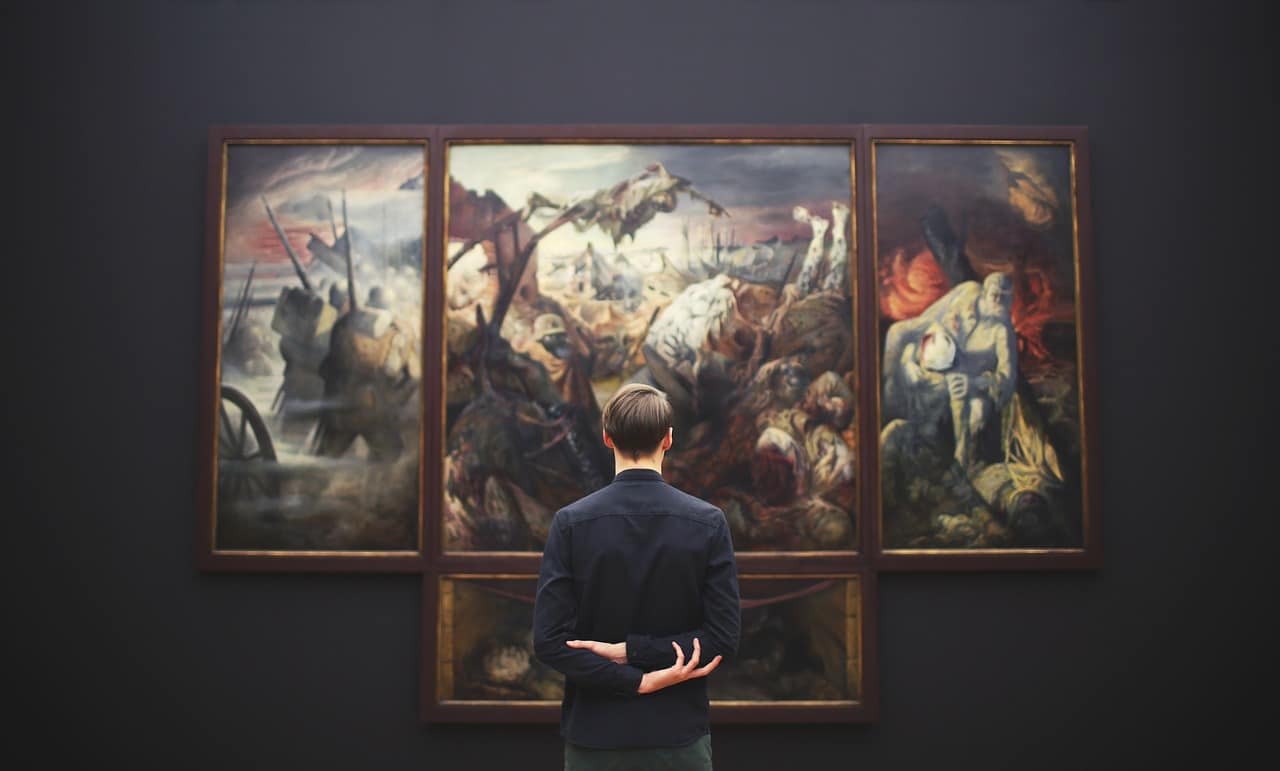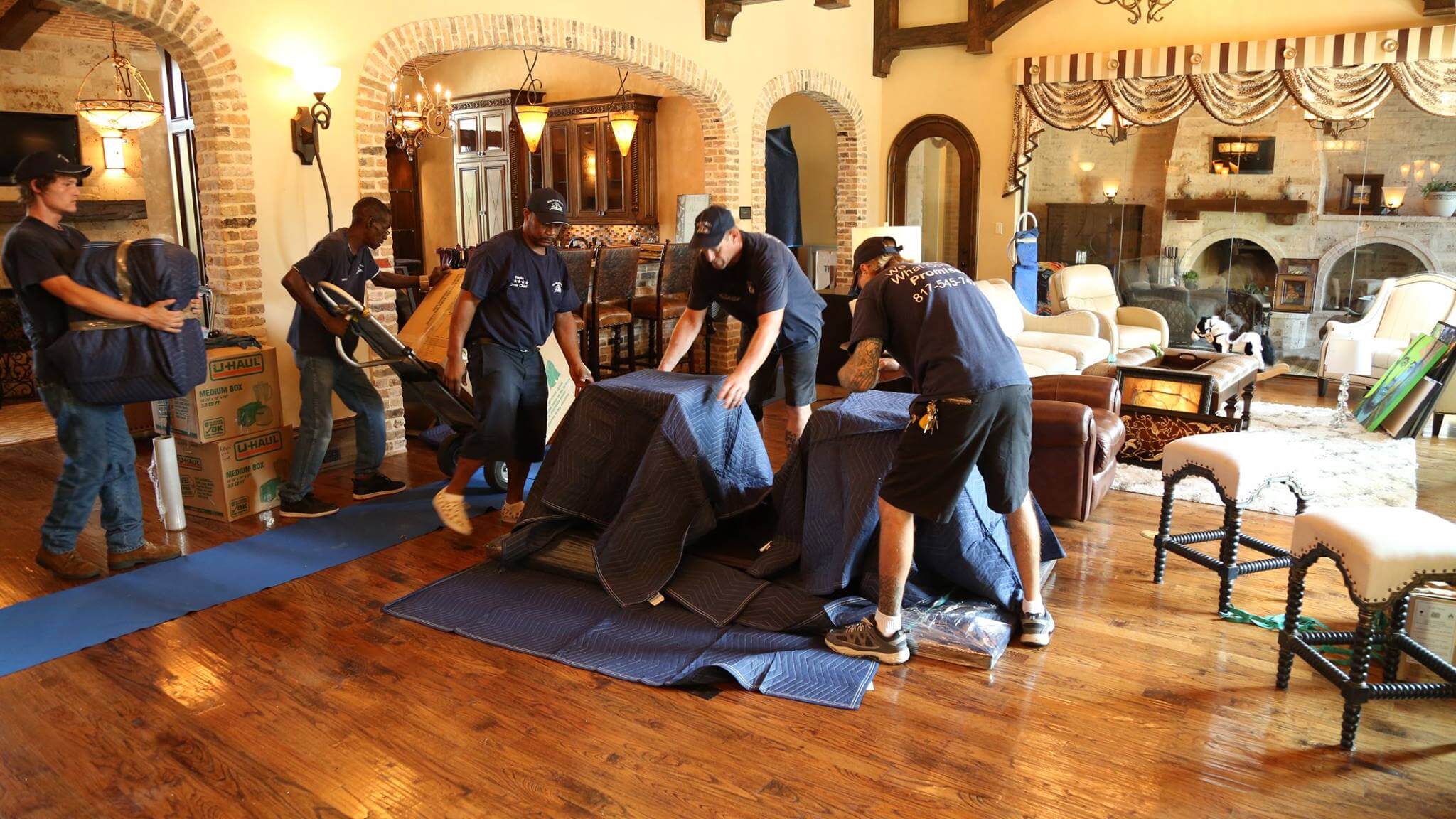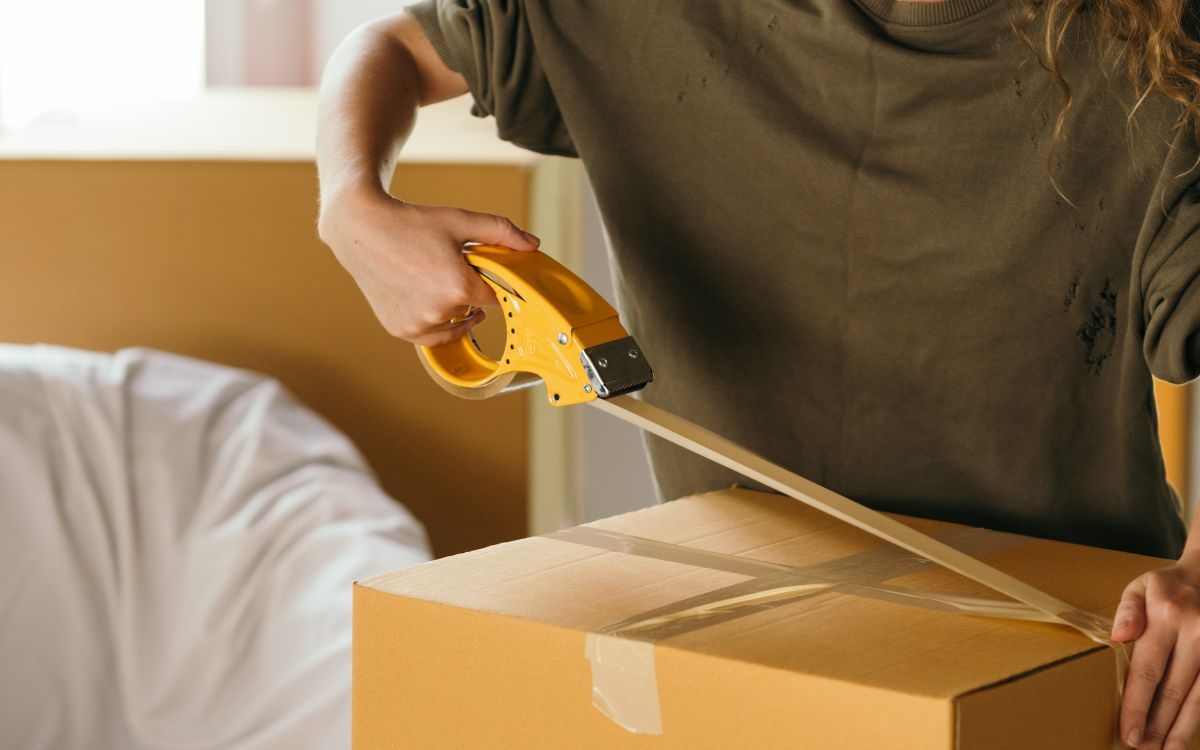
Moving art and art installations is not an easy job. It requires a lot of planning and preparation, irrespective of whether you are transporting sturdy objects or fragile items. While delicate movables demand special care, sturdy objects also need to be packed carefully.
Moving fine art requires special attention and precautions. It is essential to plan each step with extra care to avoid any damage to those priceless artifacts.
Here are 6 important steps you must always follow when relocating art:
1. Plan and prepare for the transit
To begin with, determine the dimensions, material, and weight of your valuables. Pick your mode of transport based on this. This also gives you an idea of the cost of your move.
Click snaps of each piece. Document its condition for future reference. Check on your existing insurance policy to verify whether it provides coverage for moving. If it does not provide coverage, then get one. This helps protect your valuables during the move.
2. Use bubble wrap packing for added safety
Your artifacts are delicate pieces and need special protection. If you are shipping antique porcelain and pottery pieces, wrap it with bubble wrap. Take care that the different handles are also wrapped. Once this done, then wrap it entirely with an another sheet.
Be careful to not overdo it either, since that too can cause damage.
3. Put smaller boxes into larger ones to ensure safety
Selecting the right shipping boxes is just as crucial. Opt for high-quality sturdy boxes that are neither too large, nor too small.
Put the artifact into the smaller box. Surround it with the packing materials to hold it in place. Place the smaller box into the larger one and fill the gaps similarly using the packing material.
This ensures maximum safety for fragile pieces.
4. Choose the right transport
Packing your artifacts the right way is only one-half of the story. The other, equally crucial part, is transporting it right.
Sculptures and other fine art pieces are perfectly safe to be transported in packing boxes. For transporting paintings, you can go for crates that are available in various sizes. Several pieces of artwork can also be transported together using crates with dividers. Climate controlled crates are often used for international delivery. This helps keep your paintings secure in varying climatic conditions.
5. Ensure ideal storage conditions
You may need to store for your high-valued possession at some point during the transit. Make sure it is done right. Choose a place secured with a climate control facility. Look for a facility that has the Art Protect Certification. With this certification, you can rest assured about the safety of your artworks.
6. Focus on the cost of shipping
Fine art moving may seem expensive. But when you look at the bigger picture, all the expenses involved play a crucial role. Professional art handlers, crate makers, art movers, and other staff you engage with, add to your cost.
If the delivery is on an urgent basis, then that adds to the cost. If your possessions need climate control vehicles than your cost are bound to go up. Type, size, and weight of the artwork – all contribute to the shipping cost. For international shifting additional costs such as port fees of the destination country, taxes, duties and customs fees, must be taken into account.
With so many things to look after and manage, fine art moving can be a really pesky task. In the panic, people end up forgetting some really important but crucial things like mentioning their address inside the box and labeling the boxes with ‘Fragile’ and ‘Handle with Care’ stickers. These are some really tiny details which when ignored can cause you grief.
Contact Olde World Movers in Dallas or Fort Worth
The best way to deal with it is to hire professional movers who specialize in fine art moving in the Dallas or Fort Worth area, contact us at 817-545-7477 to book your appointment today. We are based in Euliss but service many communities in Texas, including Bedford, Plano, Carrollton, Mckinney, Austin, San Antonio, and Houston.




